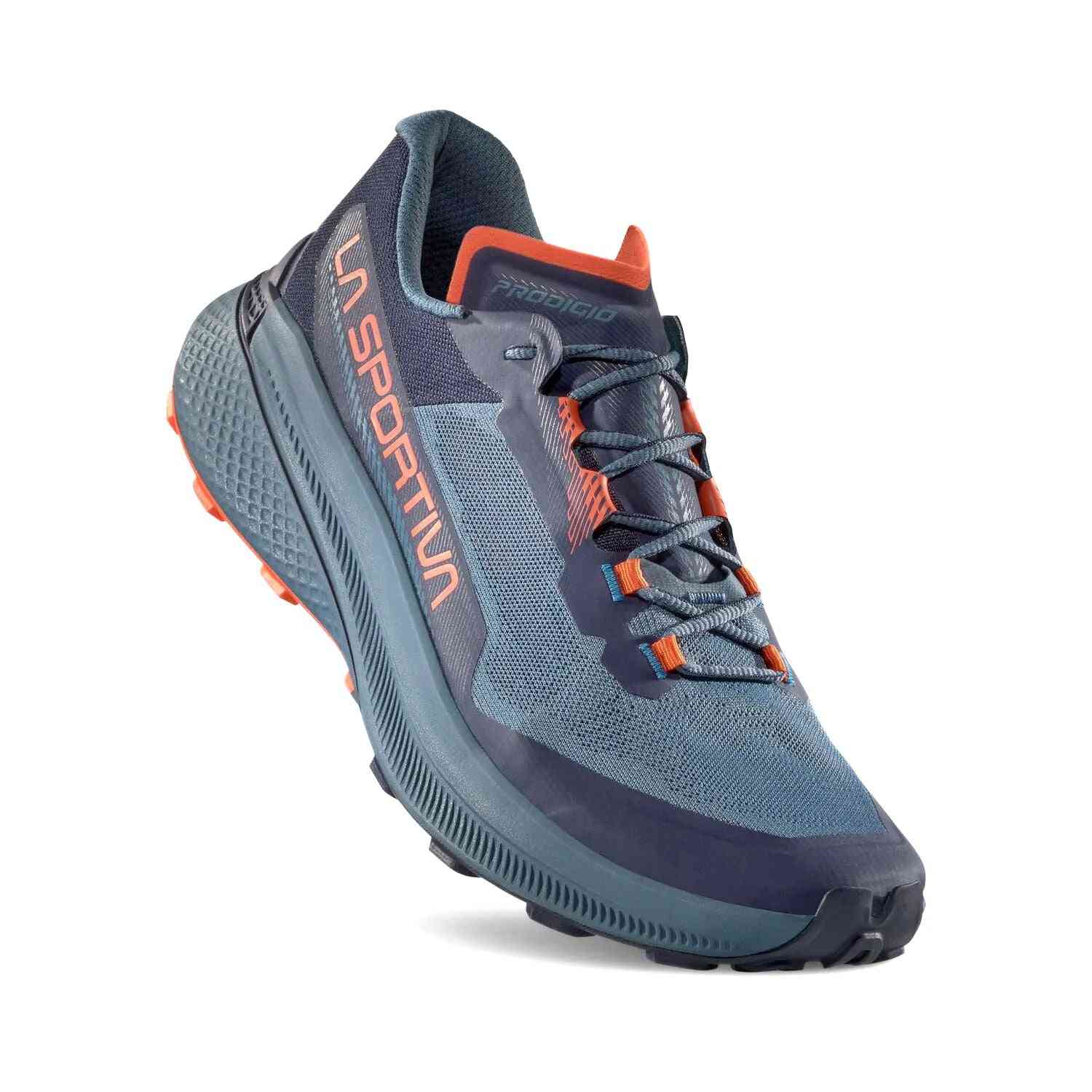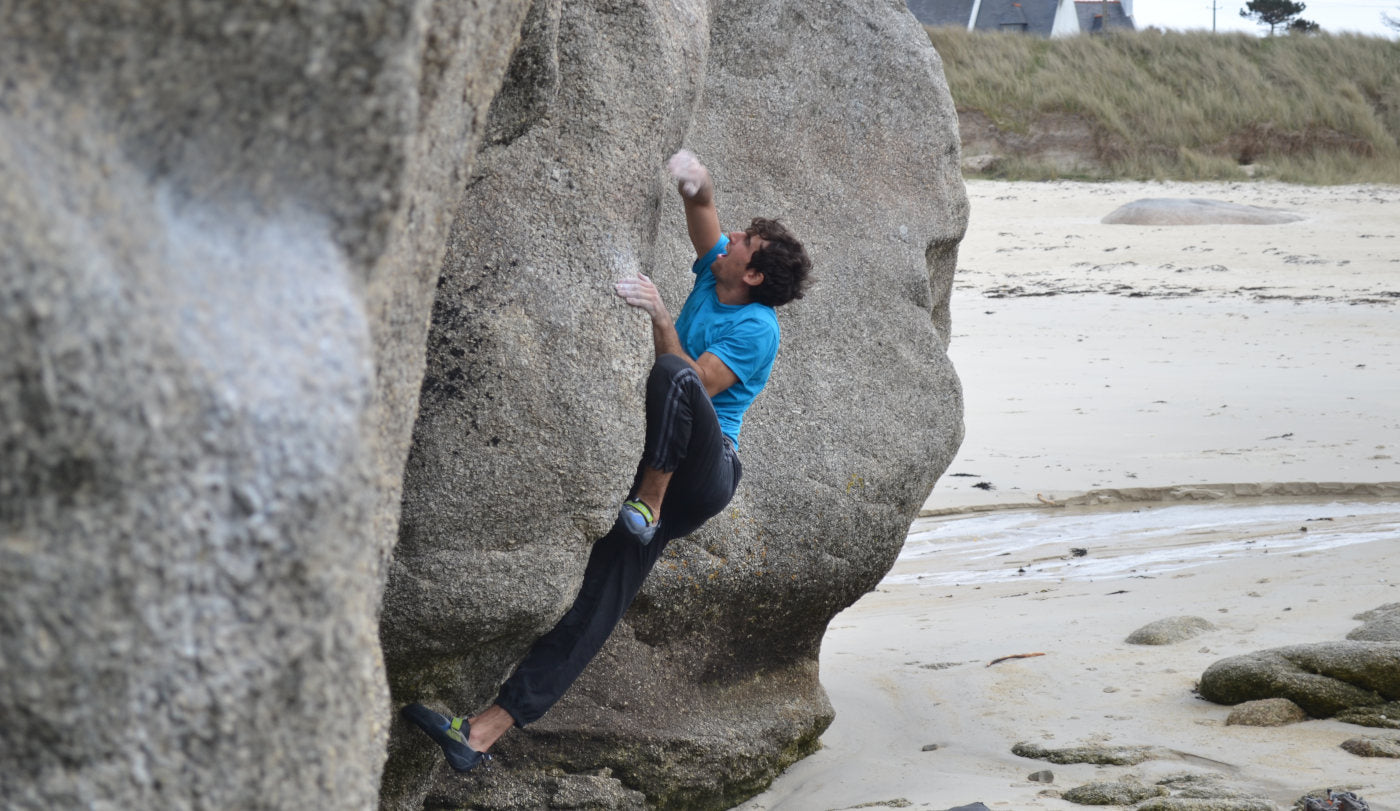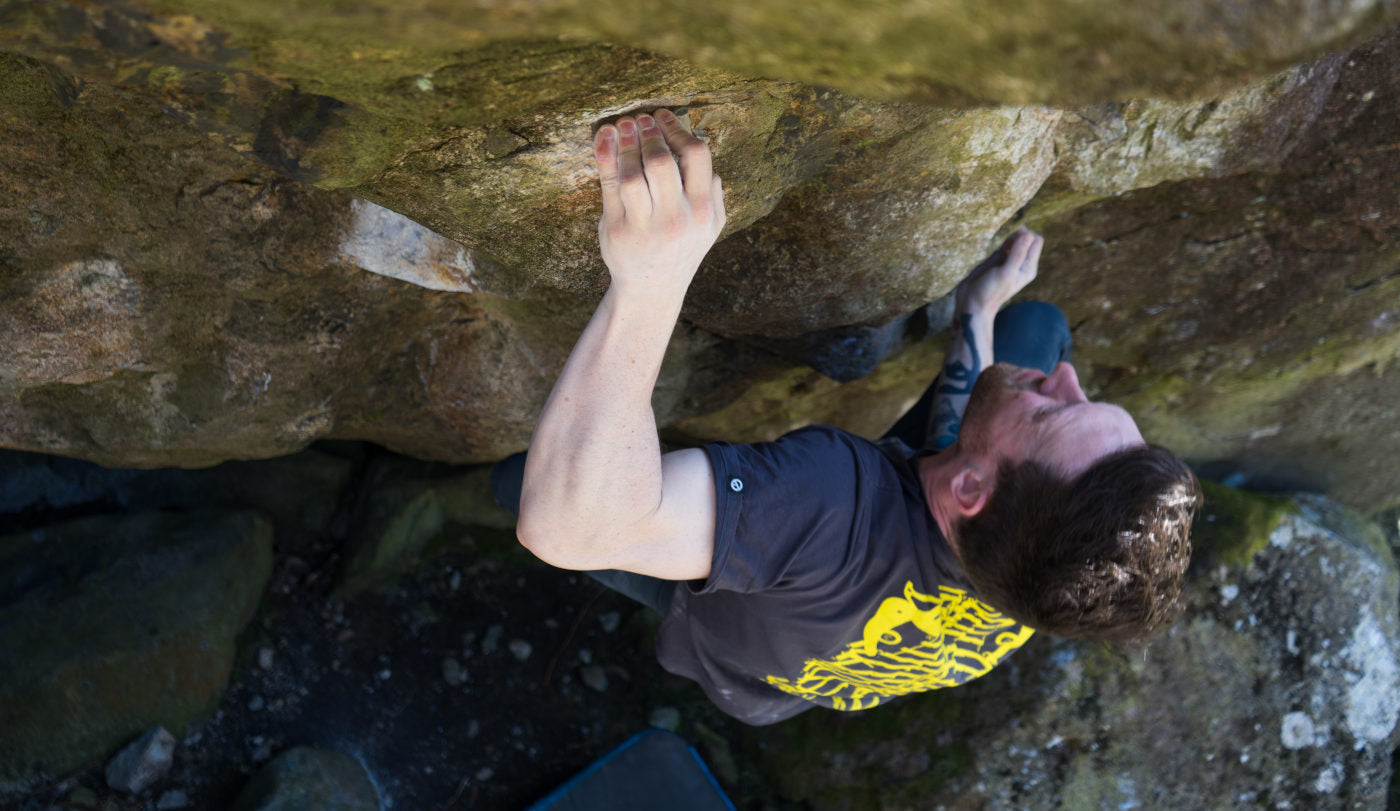By Dave Westlake

Good things come in threes, and this article series is no exception – even if this instalment does clock in some way beyond the imaginary deadline. The celebrated writer Douglas Adams knew a thing or two about deadlines, famously noting “I love deadlines. I like the whooshing sound they make as they fly by.” Deadlines are not usually good things and as such they often come in fours, fives or sixes, and some matter more than others. Typically the pressures exerted by the most important ones call for a cool, calm and collected attitude. Staying in control - not losing it amongst the delicate balance of priorities, is vital and it just so happens that the climbing style in this article requires similar capabilities. After looking at overhang and slab technique in previous weeks, it’s now time to turn our attention to the subtleties of staying in control when all seems to be lost. Get in line to master what is an invariably frustrating art: climbing arêtes. Arêtes are wonderful. For climbs vying for a coveted place on the list of classics, following an appealing ‘line’ has to be the most sought after personality trait. Usually the best climbs are the most aesthetic – big, soaring features that stand out from miles away and just call out to be climbed. Having an air of impossibility won’t do any harm either, and arêtes often find themselves hitting the jackpot and ticking both these boxes. So there’s really no excuse for us not to start thinking about how to fashion our way up some of them. I’ll begin with a rundown of some basic ingredients of arête technique, followed by a tale of arête-based misadventure and some musings on the role of luck in climbing.
Concentration
The concentration required to maintain balance means that it’s important to be in the right frame of mind. Try to block out peripheral goings on and focus wholly on the task in hand. Half-heartedness and absent mindedness will probably end in failure. Also, make sure you are hydrated and fuelled with a decent snack/light meal – getting the hunger shakes will do you no favours!
Planning and preparation – The right tactics
Like many of these tips, this nugget of wisdom extends to all types of climbing. The better prepared climber stands a higher chance of success. Planning is crucial on arêtes so it’s important to figure out possible sequences as early as possible, including a couple of back up plans in case the original one leads nowhere.
This is all part of devising an appropriate tactical approach. Arêtes come in all shapes and sizes, so well considered tactics will maximise chances of success. Some arêtes will require lay-backing all the way, others will be easier to master with the use of holds on the wall that bounds the arête itself. Take time before you start or during rests to figure out which holds you might use and how, and don’t be afraid to reverse a few moves for a re-think if things don’t turn out they way you expected. Lay-backing is common for arête climbing and particularly relevant for those sharp arêtes that have few holds on the adjacent wall, making the easiest route to keep your hands and feet moving up the arête one after the other and working in opposition. If there are decent holds on the adjacent wall its often easier to use them along with the arête - keeping one hand on the arête and one on the wall. Of course this requires a very different body position. As things get harder, you will probably find that a mixture of the two could be the most efficient method of ascent; the key from a tactical perspective is figuring out what points of the climb are likely to warrant the use of a side hold and what parts will be arête only.
Balance and body position
This leads us on to the most important aspects of arête climbing, balance and body position are the factors that set apart the winners from the losers in the arête game. The crucial aspects of this are the angle of your body to the arête and the way you use your feet.
Angle – the barn door effect
Maintaining the correct angle to the rock is important as this will prevent what is known as ‘barn-dooring’. This is where, rather like the door of a barn being blown open by a gust of wind, the climber swings outwards, falling out of balance and losing control. There is nothing quite like the feeling of total helplessness when a barn door takes hold. It usually ends with an inevitable fall, although occasionally you might be lucky and be able to arrest the outward swing (see below). Those who believe diligence is the mother of good luck might note the best way to go about arresting wild swings is by tensing your core as the swing takes hold. This should counteract the pull you experience and might just push you back into balance. As well as tensing up it’s a good move to try and stay calm (however difficult that may be!). However, prevention is better than cure. If you can avoid barn-dooring altogether then your passage to the top will be far less nerve racking. The best way to do this is by finding the correct angle to position your body at. If you are too close to the adjacent wall, then smeary footholds are more likely to slip, and even if they hold any swing outwards will be more powerful and difficult to reign into control. On the other hand, being too far in the other direction will lead to the arête holds feeling worse and could make barn dooring more likely.
The prime position to aim for is normally about 45 degrees to the arête –half way between the arête and the wall. Of course, there isn’t really a one size fits all method to arête climbing as each one will have its unique demands - but if you’re lay-backing a lot then this is a good starting point.
Footwork – magic heels
It’s as important as ever to use your feet properly on arêtes. If they slip its game over and can also mean you bruise your shins as they glance off the arête. A good tip in the footwork department is to think about opportunities to utilise the heel of your foot. As well as aiding balance, a sneaky heel around the arête can often have the effect of locking you into a stable position – which means your arms can have some respite, allowing you to chalk up, place gear or wave to onlookers. This crystallises the importance of choosing a shoe with a good fitting heel. This is difficult as many shoes tend to have dead space in the heels that mean heel hooking can move the shoe enough to give that horrible feeling of insecurity. Different people have different shaped heels, so recommending a particular model would be impossible. The best advice is to try several pairs of shoes on and get the ones that fit the contours of your feet the best.
Bringing it all together
As I noted in previous articles, the key to climbing arêtes, slabs and overhangs lies in the combination of skills. If you can amalgamate all the technique tips and use them to develop your own efficient way of movement then you are on to a winner. As always, fluid and steady movement is what you’re aiming for. Someone once told me the measure of a good climber is one who makes hard climbs look easy, while the measure of a bad climber is one who makes easy climbs look hard – certainly a good mantra to bear in mind.
Arete Layback Technique
However, with all aspects of climbing, sometimes even the best approach falls short of getting you up your desired route. Other times, a comedy of errors can leave you on the top with a big grin on your face. The final and crucial element in climbing generally, and this seems particularly applicable to arêtes, is that little bit of luck. With this in mind, I’ll leave you with a calamitous tale about my own adventures from several years ago...
Sometimes you just get lucky
My own experience of arête climbing has been quite a learning curve. As I’ve mentioned in previous articles, physical climbing ability never really came naturally for me. It is perhaps because of this deficit in my formative days that I naturally leaned towards the easier but bolder climbs. This way, I reasoned, I could synthesise the experience of progress - as I surveyed my tick list of E1 5a’s and E3 5b’s - without actually having to trouble myself with real improvement. At first this seemed like a brilliant plan, but like so many such plans the major flaw became clear at the most inconvenient of moments. In this instance, the major flaw was that sooner or later I would find myself in too deep - flailing on a bold climb with no reliable protection. And the inconvenient moment came as I tried, helplessly, to control the barn door effect on a classic bold arête at Stanage. The sinking feeling was amplified as I recalled how poorly placed the small cam below my feet was. As I barn-doored towards disaster, gravity treated me to a bird’s eye view of the boulder filled chimney I seemed doomed to fall into. Compounding matters was the fact I had an audience. Earlier we had arrived at the crag hopelessly unprepared, and on discovering we only had one harness between us we set about trying to remember how to adapt a sling for the job. The climbers from the neighbouring route kindly offered us a spare – and they passed it over with the unmistakable look of people who thought they were about to witness “death by misadventure”. My shaky performance on the route was doing little to disperse this as they ate their lunch watching me confirm their suspicions of my incompetence. Given the circumstances their concern was justifiable. But on the list of things I could’ve done without at this point the disparagement of two strangers was second only to the hospital bed that seemed to be waiting at the bottom of the chimney. However, like I mentioned above, sometimes all you need is a bit of luck. Things hadn’t really been going my way up to this point but, for reasons I still cannot explain, one of the most seemingly violent barn doors I had ever experienced just stopped - past what I’d normally consider the point of no return. It was as if an invisible force stopped me just before I lost contact and went rattling down the chimney. Maybe the paralysis of fear did just enough to tense my body and take the sting out of the swing? Who knows, but as soon as I swung back into balance a bit of nervous slapping landed me at the next break and, not long after, the top.
This experience taught me less about arêtes than about being lucky (and checking I’ve packed my harness). Several times since then a bit of luck (good and bad) has made all the difference. The less refined your climbing technique is the more you will need to rely on good luck, but it will come into play for even the best climbers sometimes. Overhangs, slabs and arêtes are three of the staple climbing types, and ones that beginners and improvers will repeatedly encounter. Hopefully the issues covered in this series will give you the foundations to build a sound base of technique for these climbs that allows you to gain confidence on them all. The more you master them, the less lucky you will need to be!















